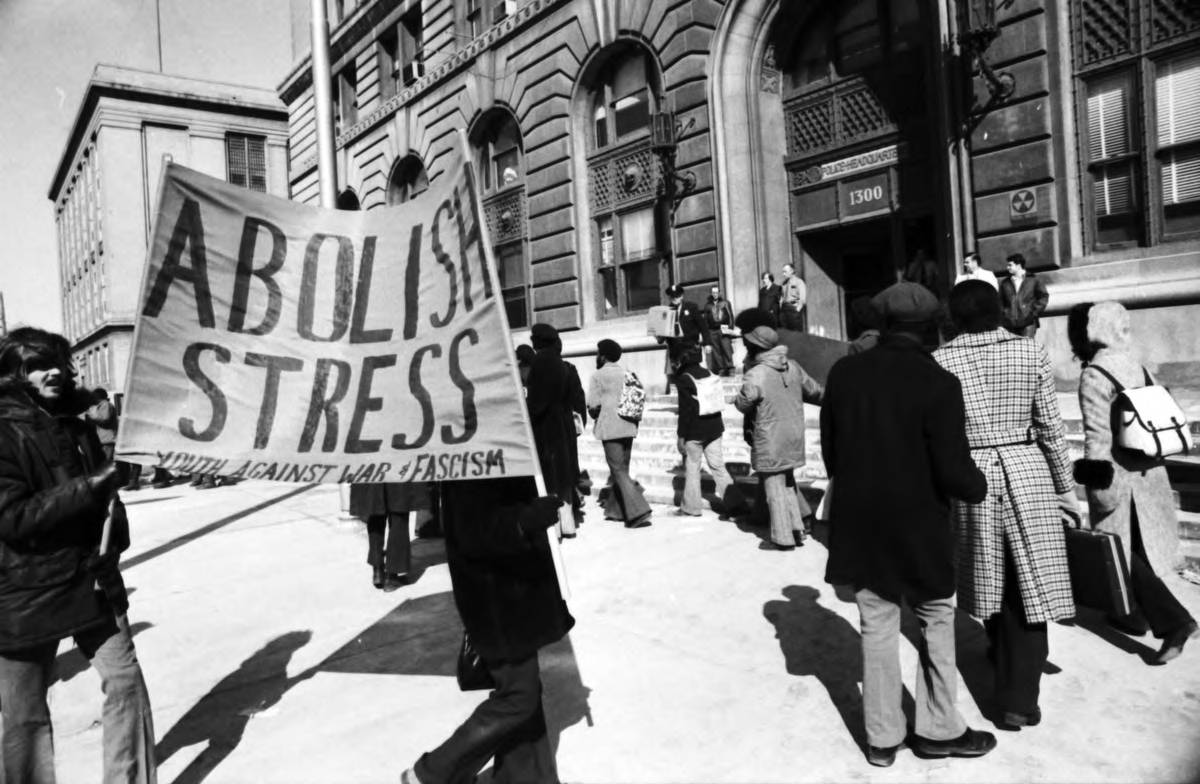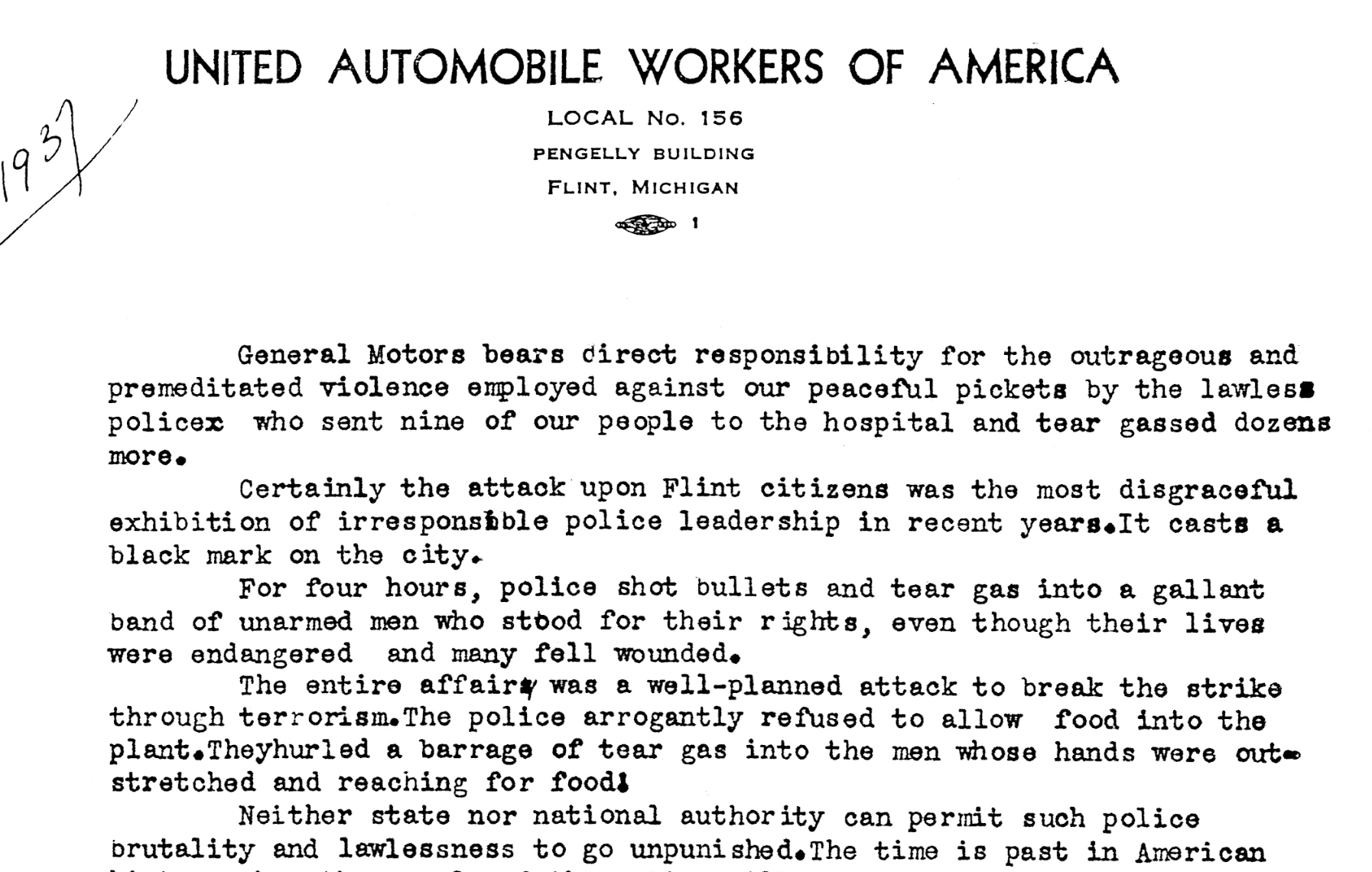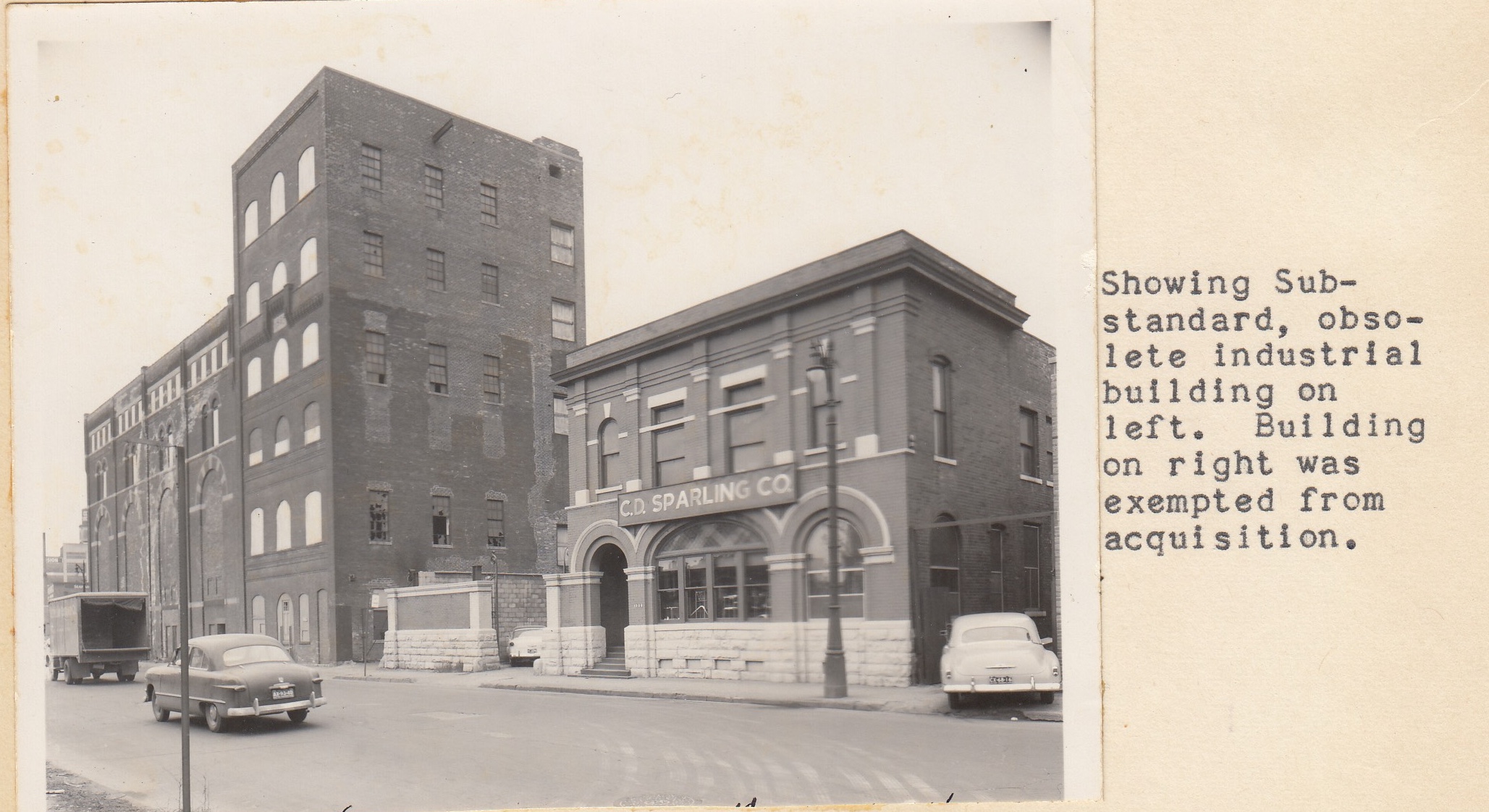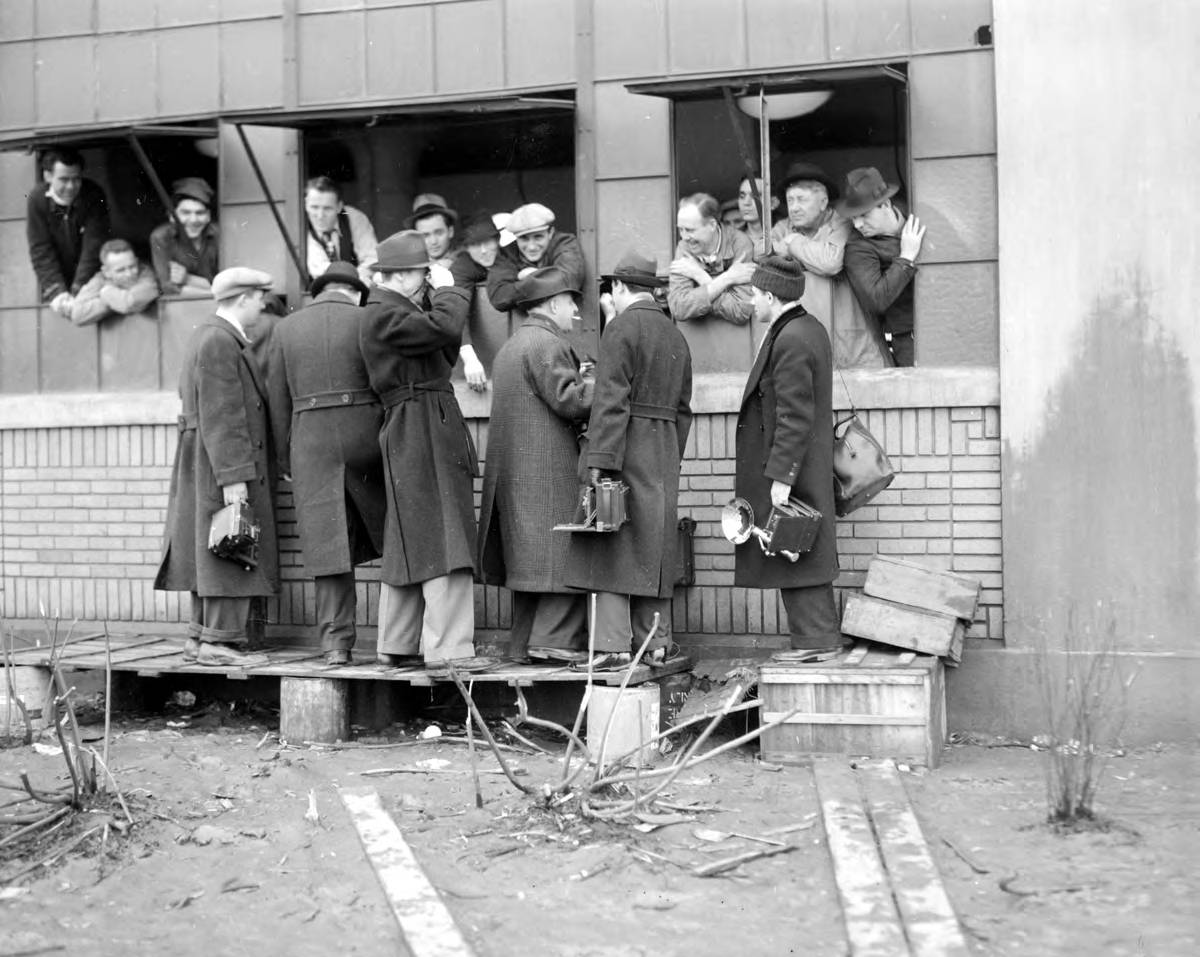Search
4 items
-
How does society balance civil rights and public safety through the lens of 1970s Detroit? By Stephanie VanHaerents
Supporting Questions: What factors led to the formation of STRESS in 1970s Detroit? How did the formation of STRESS impact race relations in the City of Detroit? What strategies did individuals and the community utilize to end the STRESS program? -
Comparing the Flint Sit-Down Strike to the 2023 UAW Strike by Kari Shagena
What are the concerns of industrialization and urbanization today as well as in the past? Compelling Question: To What Extent Did The Industrialization And Urbanization Between 1890s And 1930s Create The Need For Progressive Reform? -
Did Urban Renewal in Detroit Succeed? Built by Bryan Furgal
Supporting Questions: What issues of housing and infrastructure did the city of Detroit face in the post-WW2 era? What were the policy methods and goals of city officials in addressing urban planning issues? What were the outcomes of Detroit’s Urban Renewal Programs? This inquiry leads students through an investigation of government planning in the United States after World War II. The Inquiry leads students to examine the role of government planning in shaping the communities around us, and asks them to consider the long term impacts that policy decisions decades ago can have in pre-determining social and economic outcomes in the present day. Through use of government planning documents, students will have the opportunity to evaluate for themselves the conditions within the City of Detroit during the 1950s and identify key areas of concern among community members and city officials. Note: This inquiry is intended to be used as part of a larger unit on post-war issues within the United States. The inquiry is expected to take three or four 50-minute class periods, with additional time as needed for student research projects. The inquiry time frame could expand if teachers think their students need additional instructional experiences (e.g., supporting questions, formative performance tasks, featured sources, writing). Teachers are encouraged to adapt the inquiry to meet the needs and interests of their students. This inquiry lends itself to differentiation and modeling of historical thinking skills while assisting students in reading the variety of sources. -
Flint Sit-Down Strike: Labor, Management, and Unionization by Angela Lo Piccolo
Was the Flint Sit-Down Strike a natural response to the economic and/or social conditions that laborers faced? Is this what led to the desire to unionize? Supporting Questions: What perspective did workers hold when it came to unions and/or strikes? What perspective did management hold when it came to unions and/or strikes? What explains why the UAW pushed for collective bargaining when GM management opposed it?



